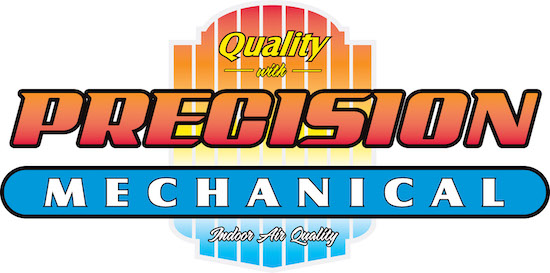As the weather is cooling off, you are probably thinking about how you’ll make the most of your heating and cooling. After all, HVAC costs frequently add up to a significant chunk of your monthly electric bill. To try and find ways to reduce costs, some people take a closer look at their thermostat. Maybe there’s a setting they can use to increase efficiency?
Most thermostats come with a ‘Fan’ or ‘Fan On’ setting. But if the fan is running during a regular cycle, what can the fan setting offer for your HVAC system? This guide can help. We’ll review precisely what the fan setting is and how you can use it to reduce costs during the summer or winter.
My Thermostat Has a Fan Setting?
For the bulk of thermostats, the fan setting means that the HVAC blower fan remains on. Some furnaces can operate at a low level in this setting, but in general heating or cooling isn’t being produced. The ‘Auto’ setting, conversely, will turn on the fan through a heating or cooling cycle and switch it off once the cycle is complete.
There are advantages and disadvantages to switching on the fan setting on your thermostat, and whether you do or don’t {will|can|should]] depend on your personal comfort preferences.
Advantages to trying the Fan/On setting:
- You can keep the temperature in each room more balanced by enabling the fan to keep generating airflow.
- Indoor air quality will be highest since continuous airflow will keep forcing airborne contaminants through the air filter.
- A smaller number of start-stop cycles for the blower fan helps expand its life span. Because the air handler is usually connected to the furnace, this means you could minimize the risk of needing furnace repair.
Drawbacks to using the Fan/On setting:
- A constant fan could increase your energy costs slightly.
- Continuous airflow may clog your air filter soon, increasing the frequency you should replace it.
{Choosing Between|Should My Thermostat Be on|Which Setting for My Thermostat? Fan or Auto in Each Season
In the summer, warm air may persist in unfinished spaces like the attic or an attached garage. If you leave the fan on, your HVAC system might gradually move this warm air into the rest of your home, compelling the HVAC system to run longer to keep up with the desired temperature. In extreme heat, this can lead to needing AC repair more regularly as wear and tear increases.
The reverse can happen in the winter. Cooler spaces such as a basement will hold onto cooler air, which can eventually make its way into the rest of your home. Leaving the fan setting on will sometimes pull more cold air upward, increasing the amount of heating you need to stay warm.
If you’re still trying to decide if you should use the fan/on setting, remember that every home and family’s comfort needs will vary. Leaving the HVAC system’s fan on could work for you if:
Someone in your household has allergies. Allergies and similar respiratory conditions can be tough on the family. Leaving the fan on is more likely to enhance indoor air quality, helping your family breathe easier.
Your home has hot and cold spots. Many homes wrestle with persistent hot and cold spots that quickly return to a temperature different from the rest of the house. The fan setting should help lessen these changes by steadily refreshing each room’s ventilation.











